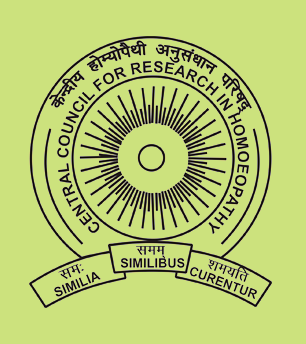Indian Journal of Research in Homoeopathy
Keywords
Drug proving, homoeopathic pathogenetic trial, Homoeopathy, Magnolia grandiflora, pathogenetic effect
Article Type
Original Article
Abstract
Objective: This study was carried out to elicit the pathogenetic response of the drug Magnolia grandiflora in homoeopathic potencies on apparently healthy human beings. Materials and Methods: Drug Magnolia grandiflora was proved by the Central Council for Research in Homoeopathy (CCRH) through a double-blind placebo-controlled method. The study was conducted at three centres. The drug was proved in two potencies (6C and 30C) on 48 apparently healthy volunteers who were selected after conducting pre-trial medical examinations by the medical specialists and routine laboratory investigations. In the first phase, volunteers were given 56 doses (4 doses per day for 14 days) of placebo. In the next two phases, 56 doses (4 doses per day for 14 days) of each potency or placebo were consumed. Out of 48 provers, 32 were given the actual drug and 16 were given placebo. The symptoms generated during the trial period were noted by the volunteers and elaborated by the proving masters. The data obtained from all the three centres were compiled at the Proving-Cum-Data Processing Cell at CCRH headquarters after decoding. Results: Out of the 32 provers who were on the actual drug trial, 21 manifested symptoms. The drug was able to produce symptoms in each potency in most of the parts of the body. Conclusion: New and proved pathogenetic responses elicited during the proving trial expand the scope of use of the drug Magnolia grandiflora and will benefit the research scholars and clinicians. These symptoms will carry more value when verified clinically.
Digital Object Identifier
10.4103/ijrh.ijrh_42_18
Publisher
Wolters Kluwer India Pvt. Ltd.
How to cite this article
Rakshit G, A V, Singh R, Sahoo A, Choudhury S, Singh V. Homoeopathic drug proving of Mangolia grandiflora: A randomised double blind placebo-controlled trial. Indian J Res Homoeopathy 2019;13:22-36. doi: 10.4103/ijrh.ijrh_42_18


